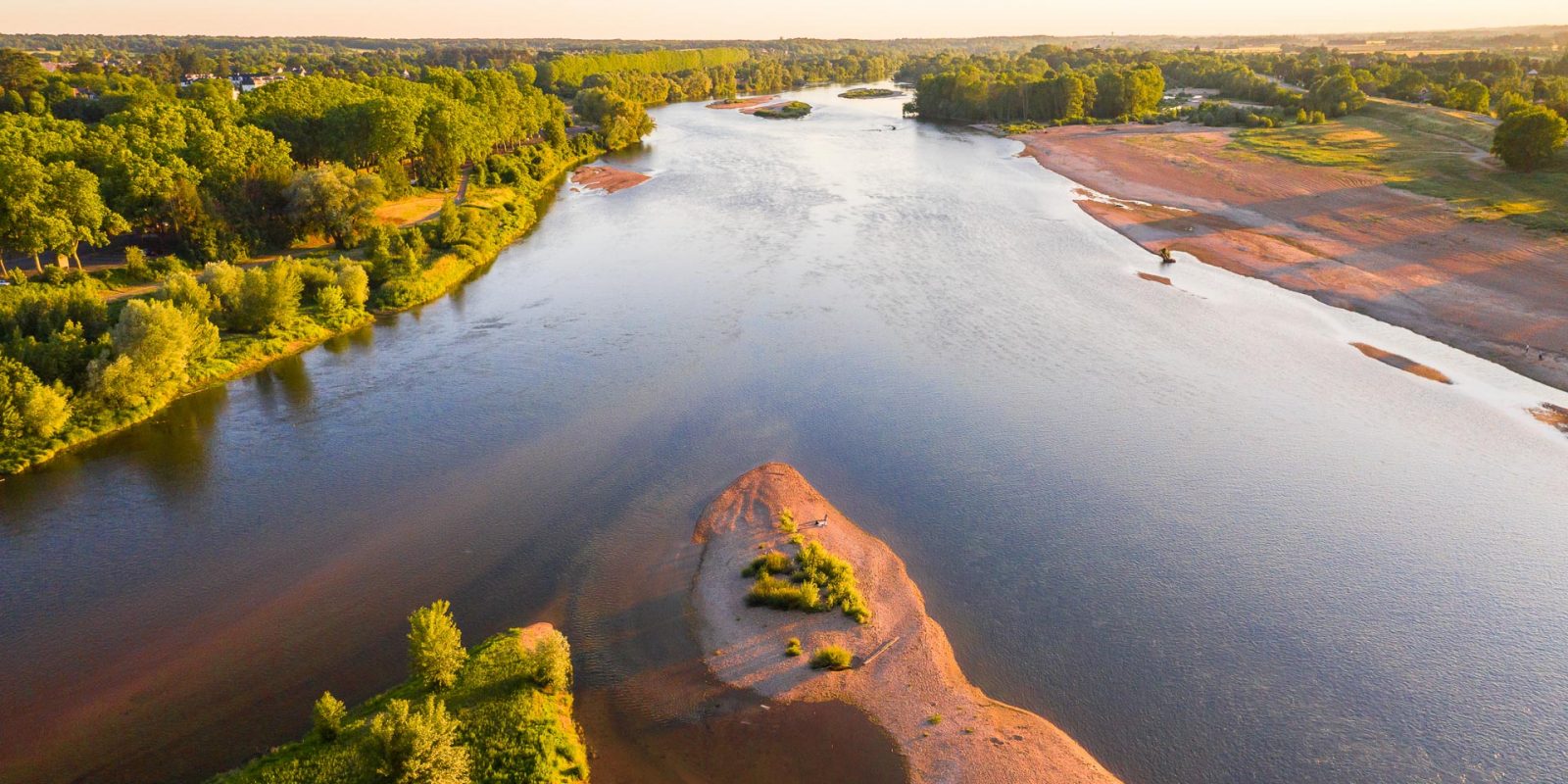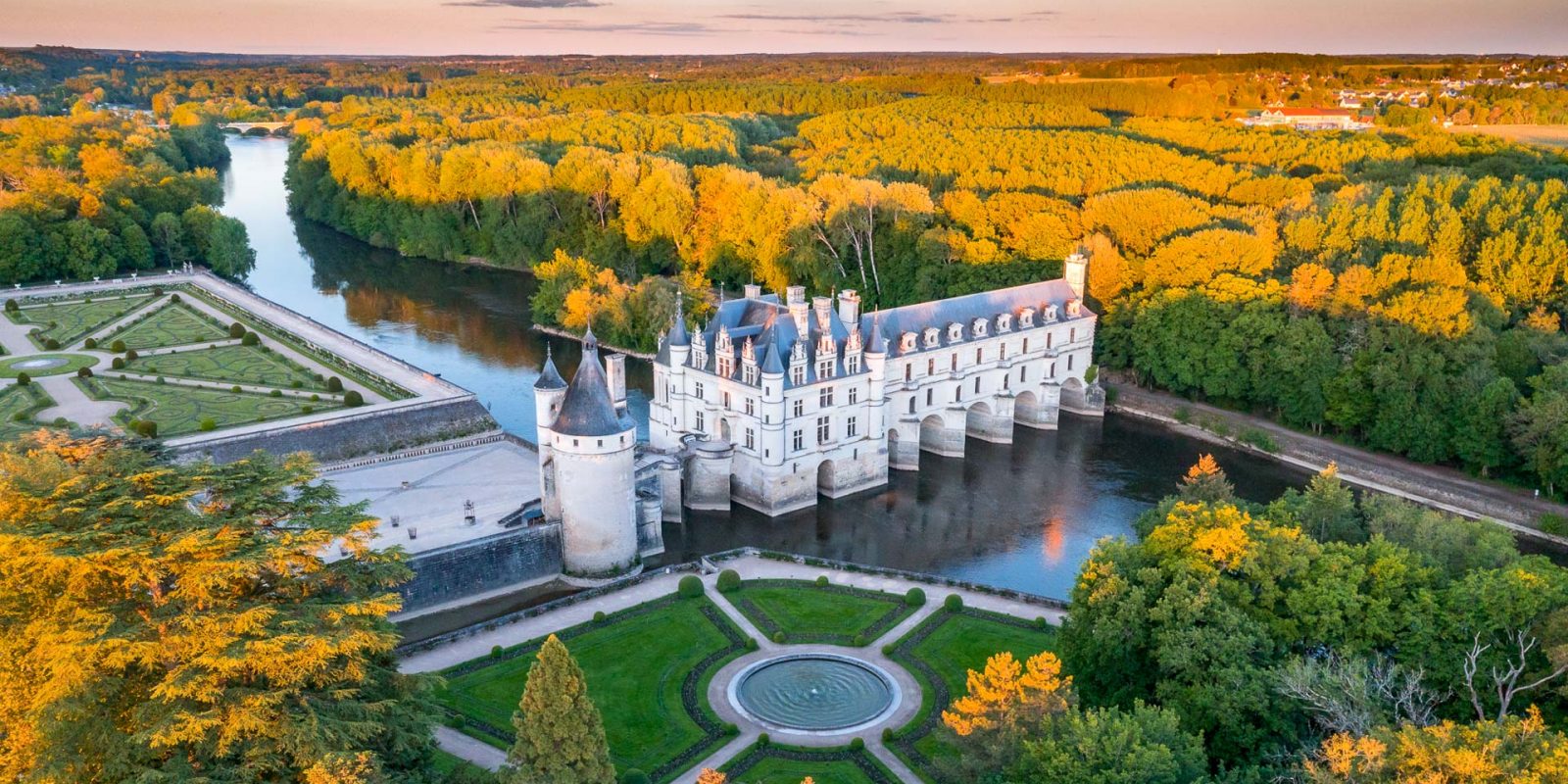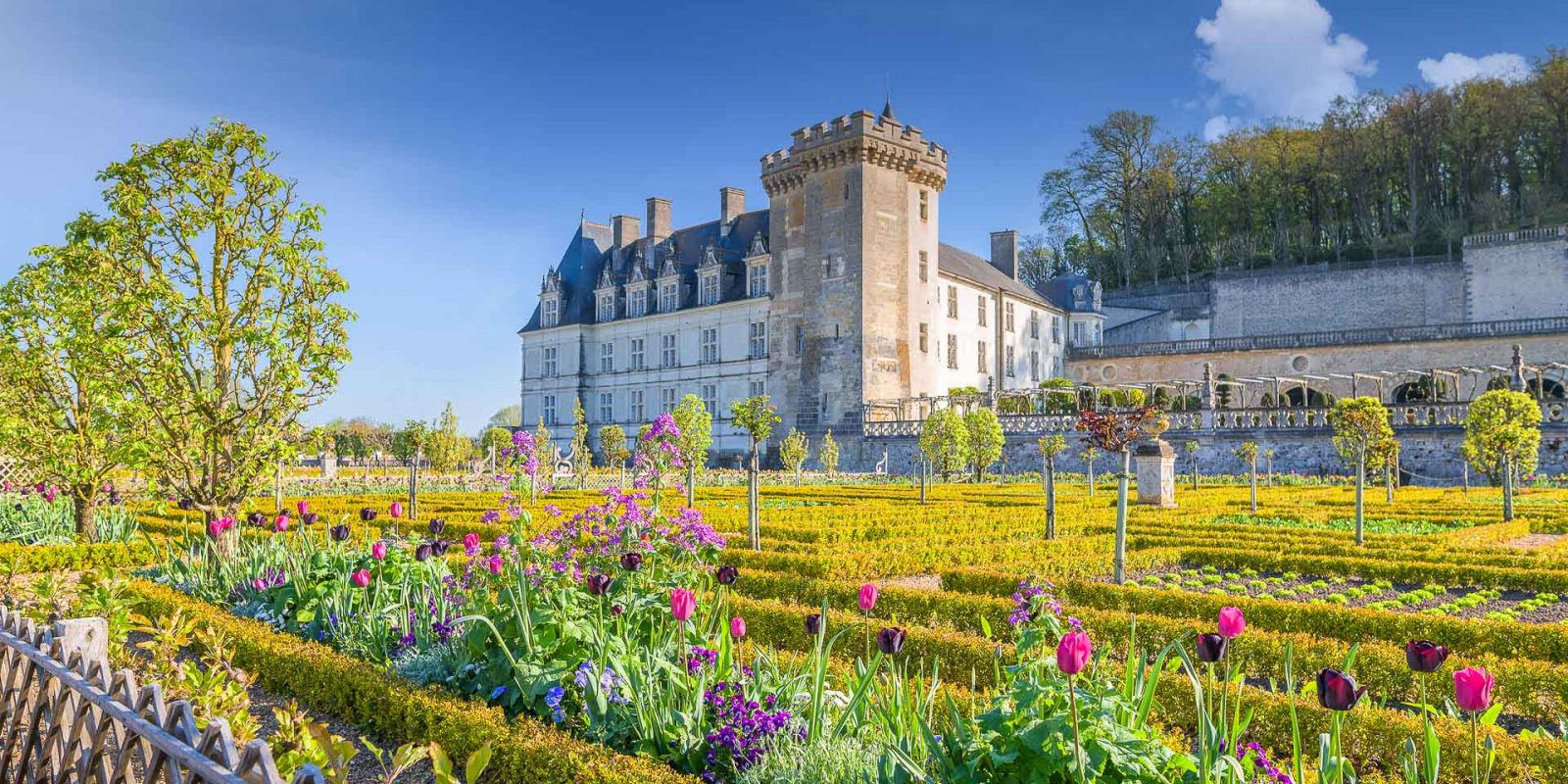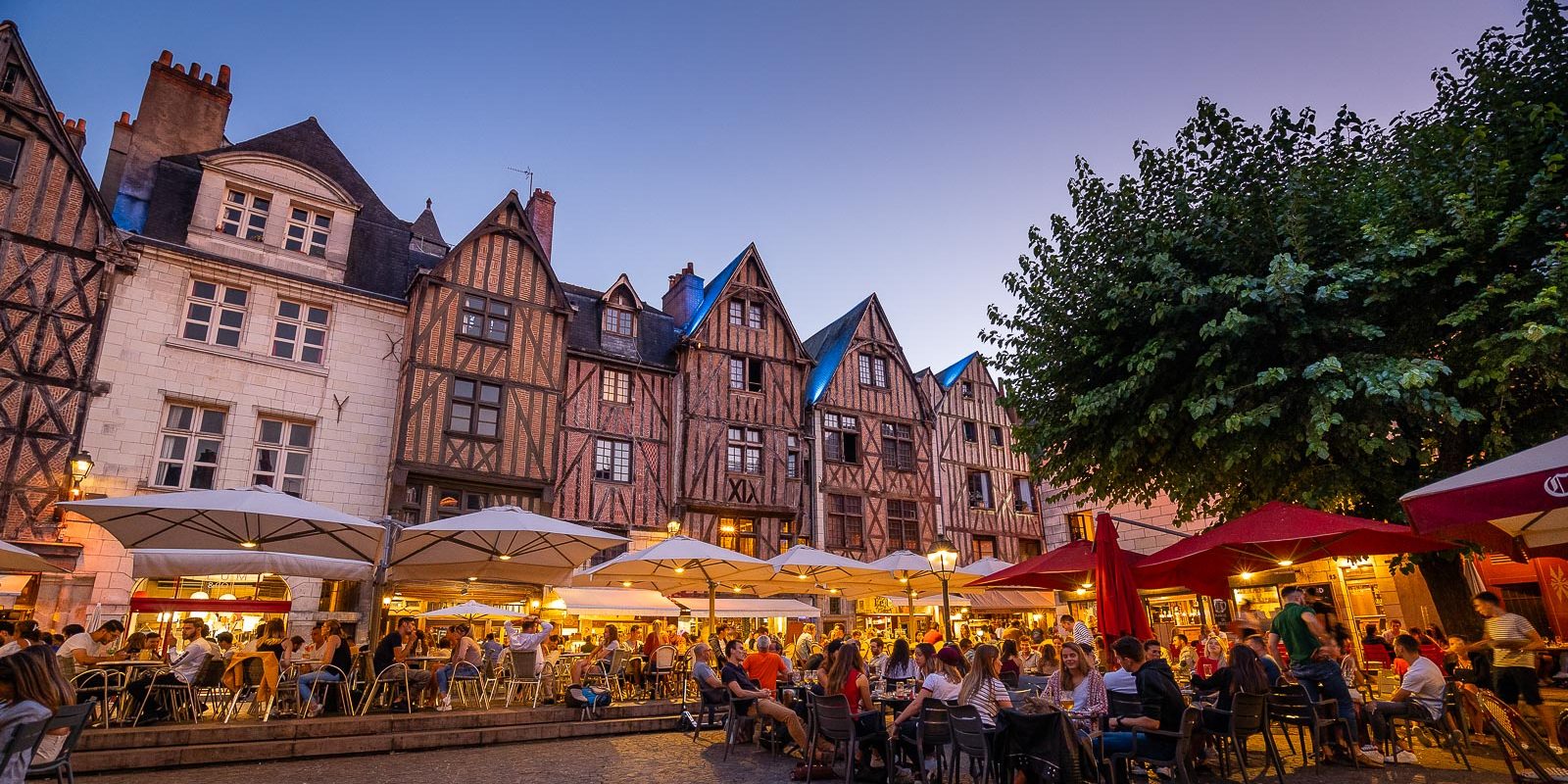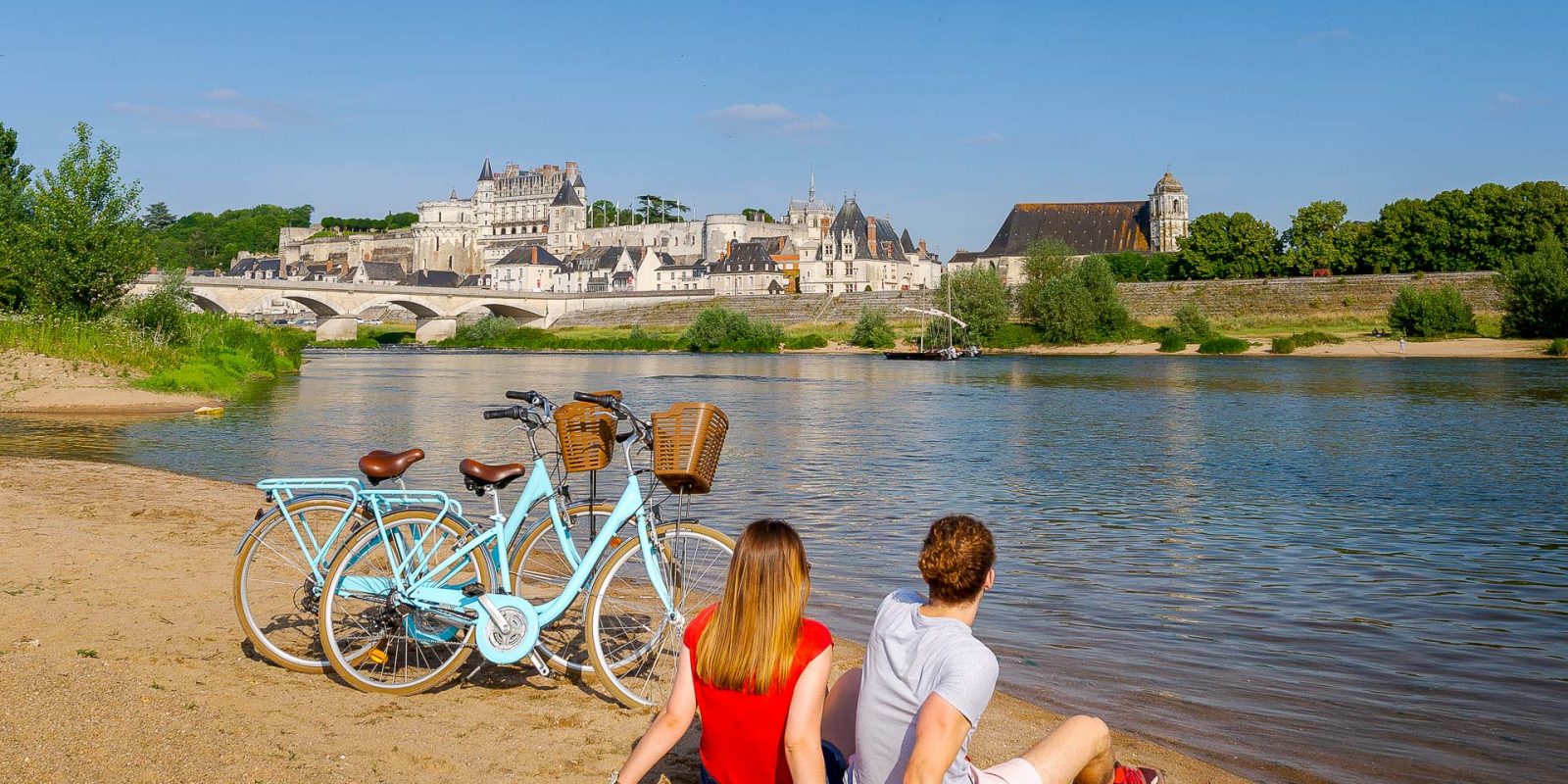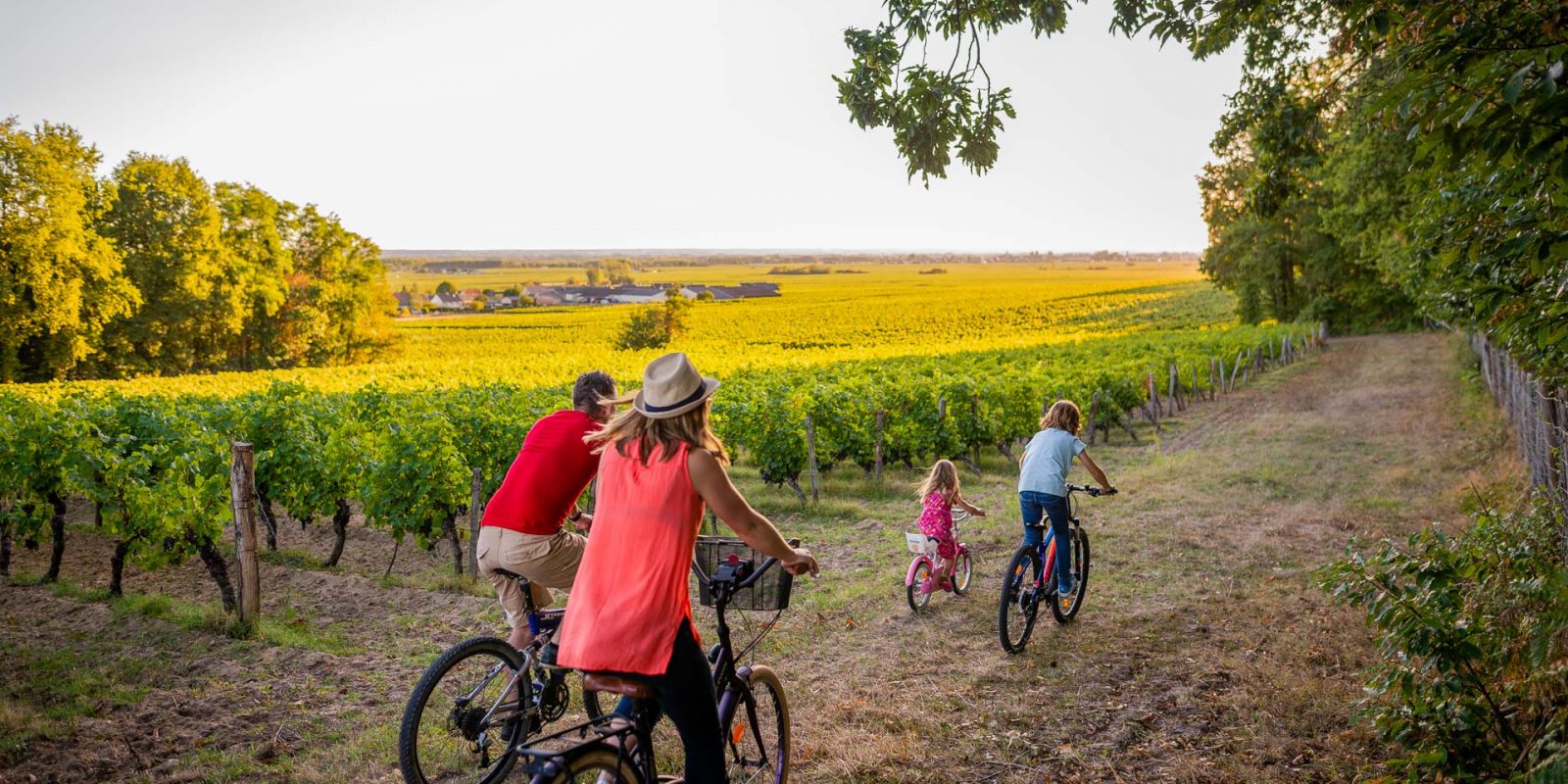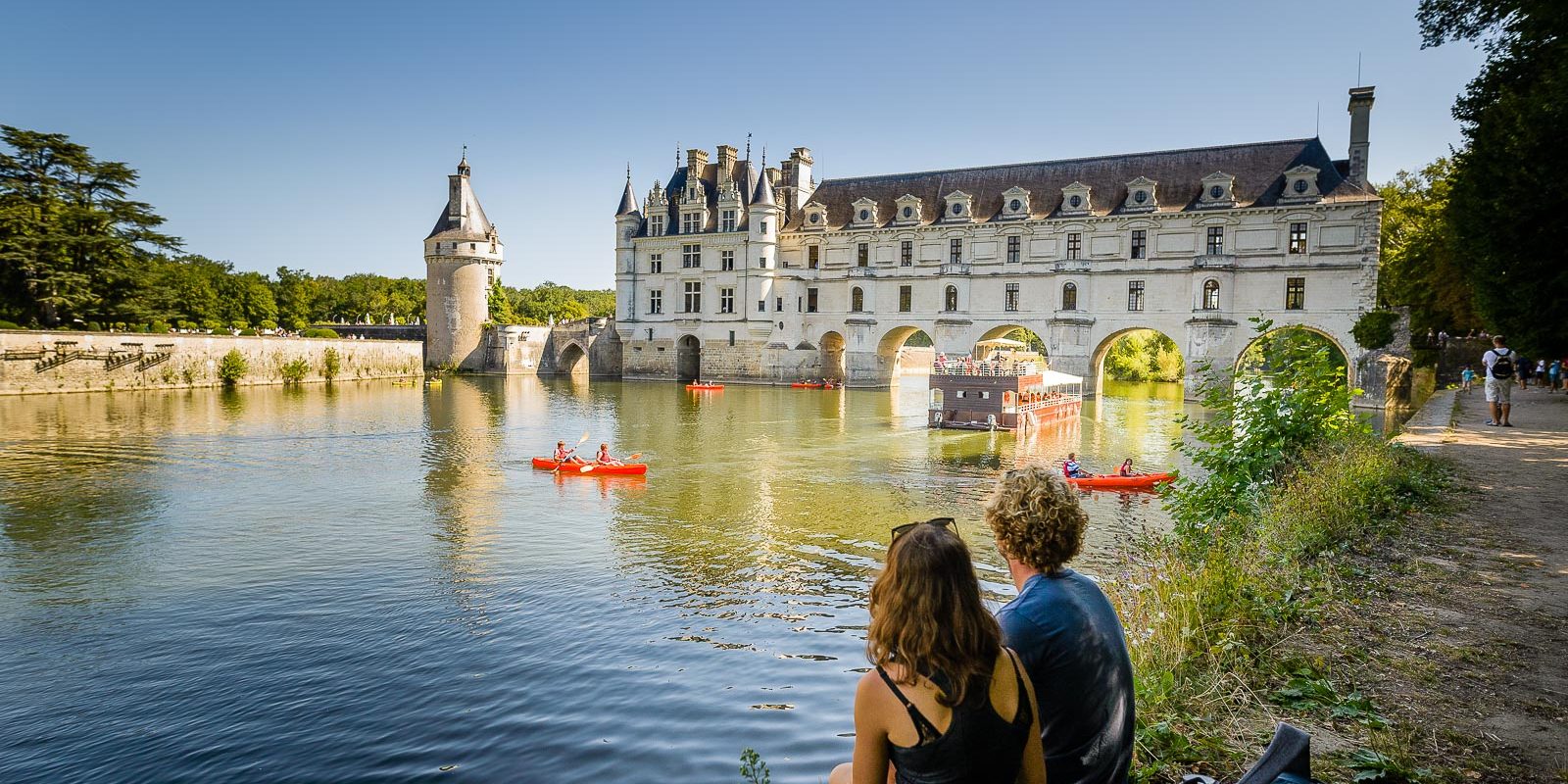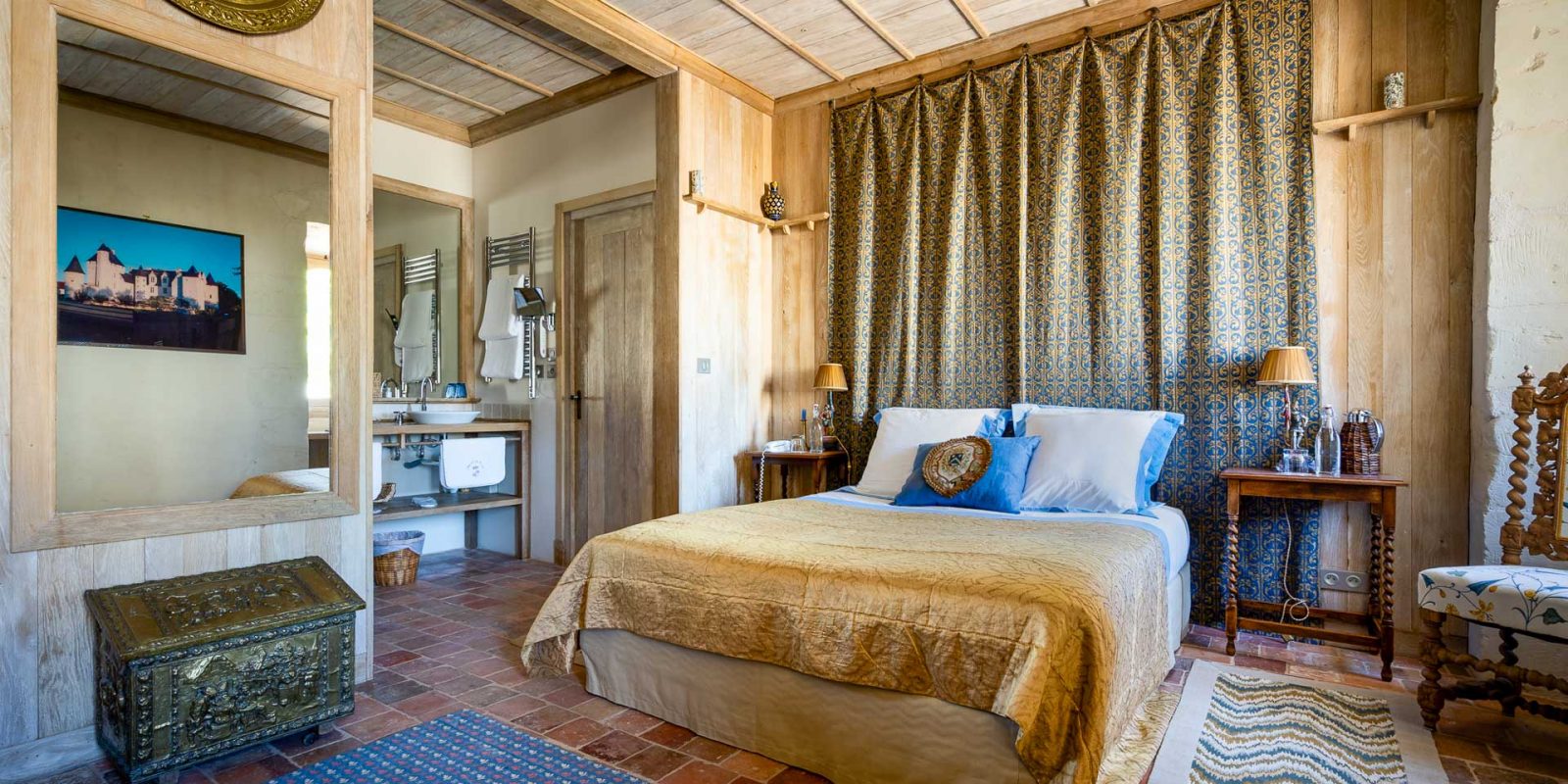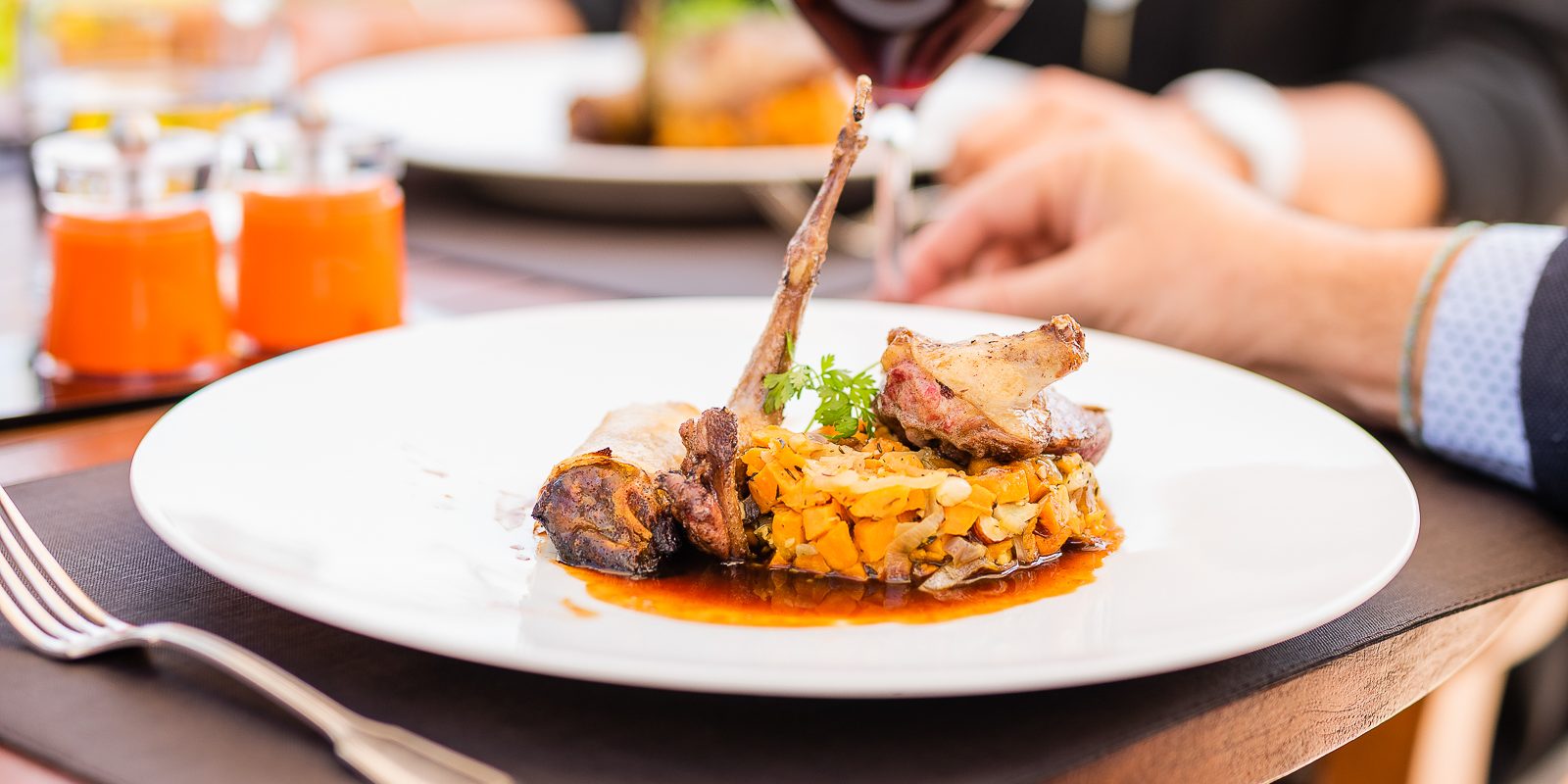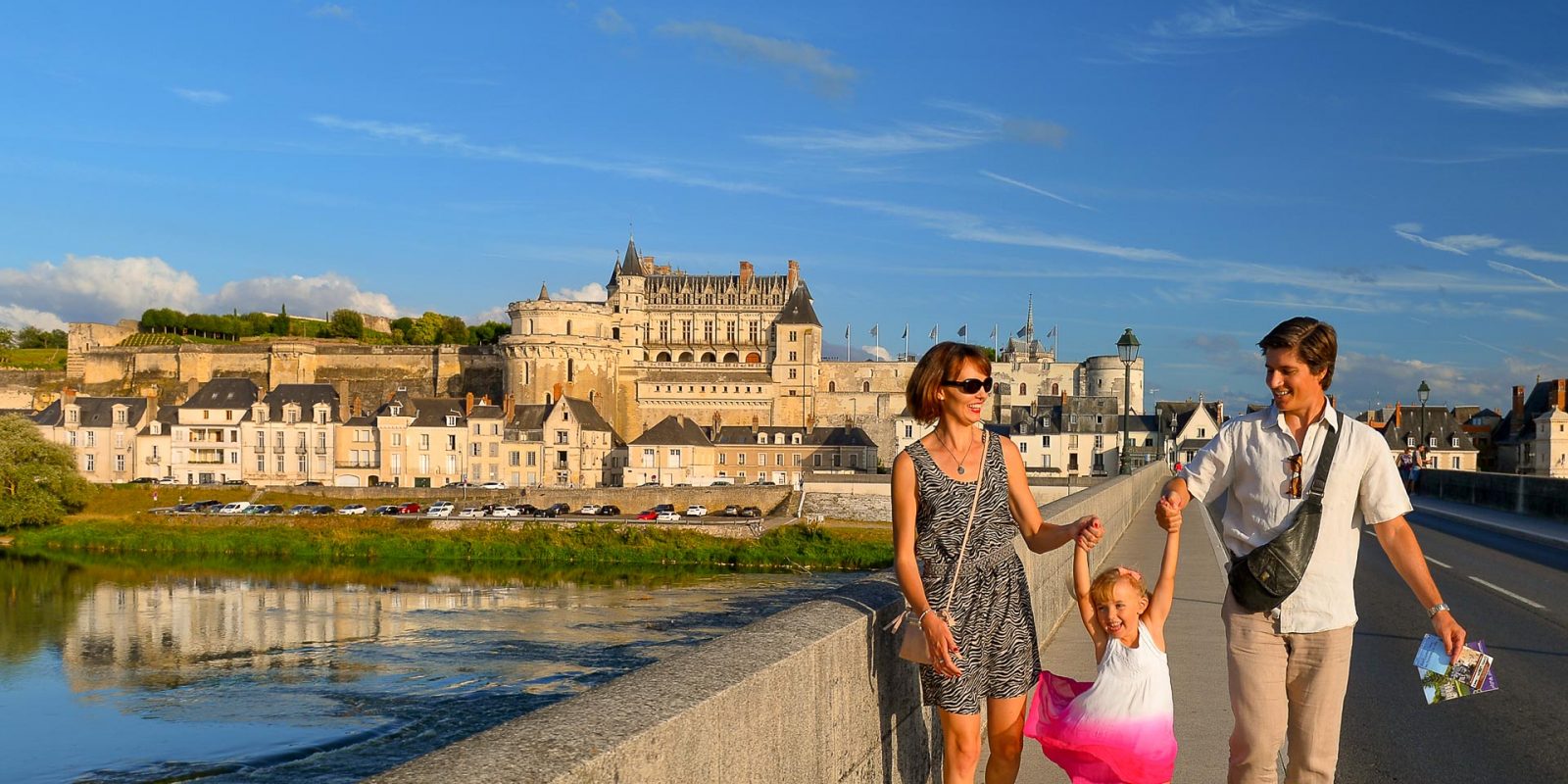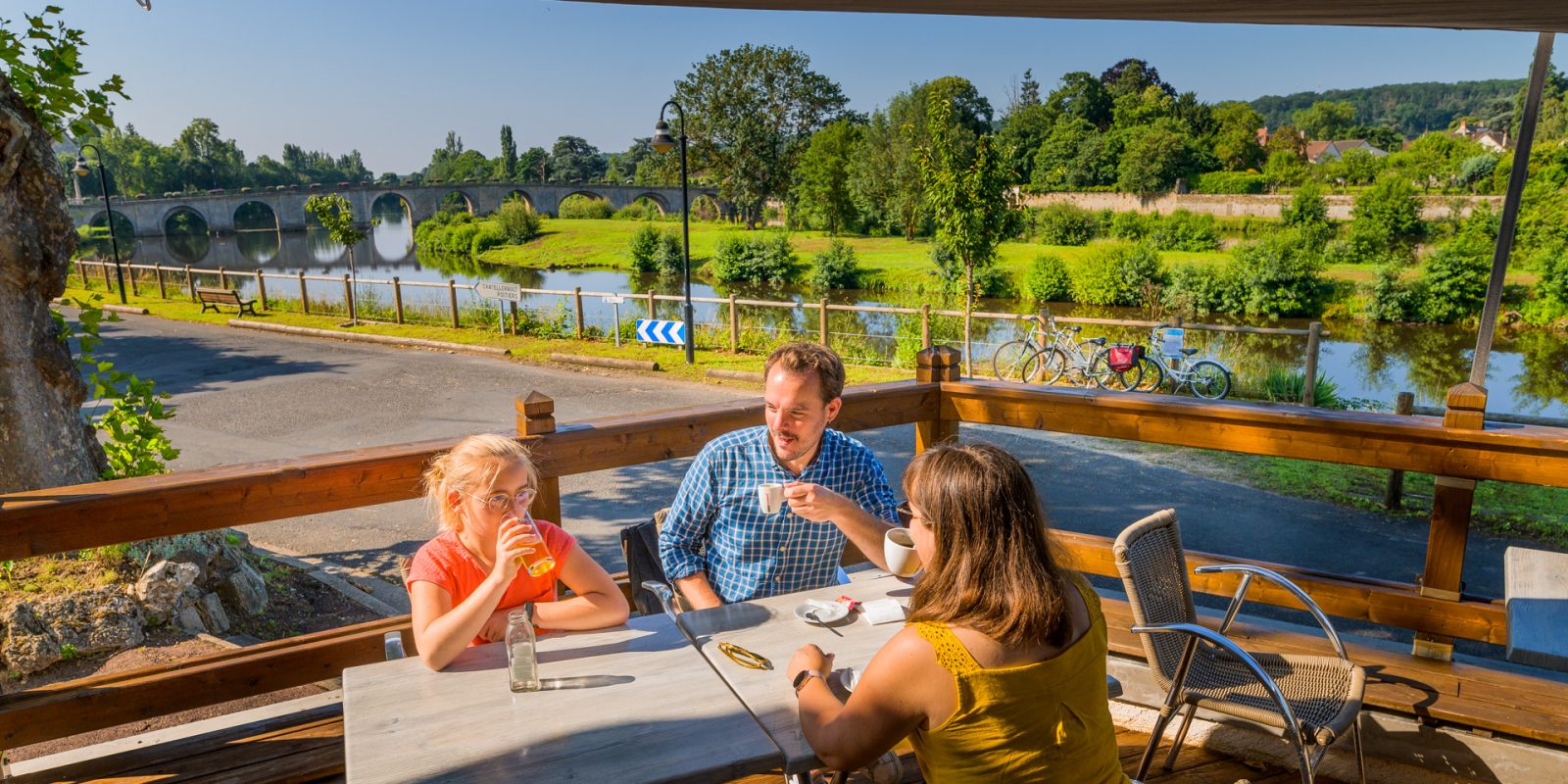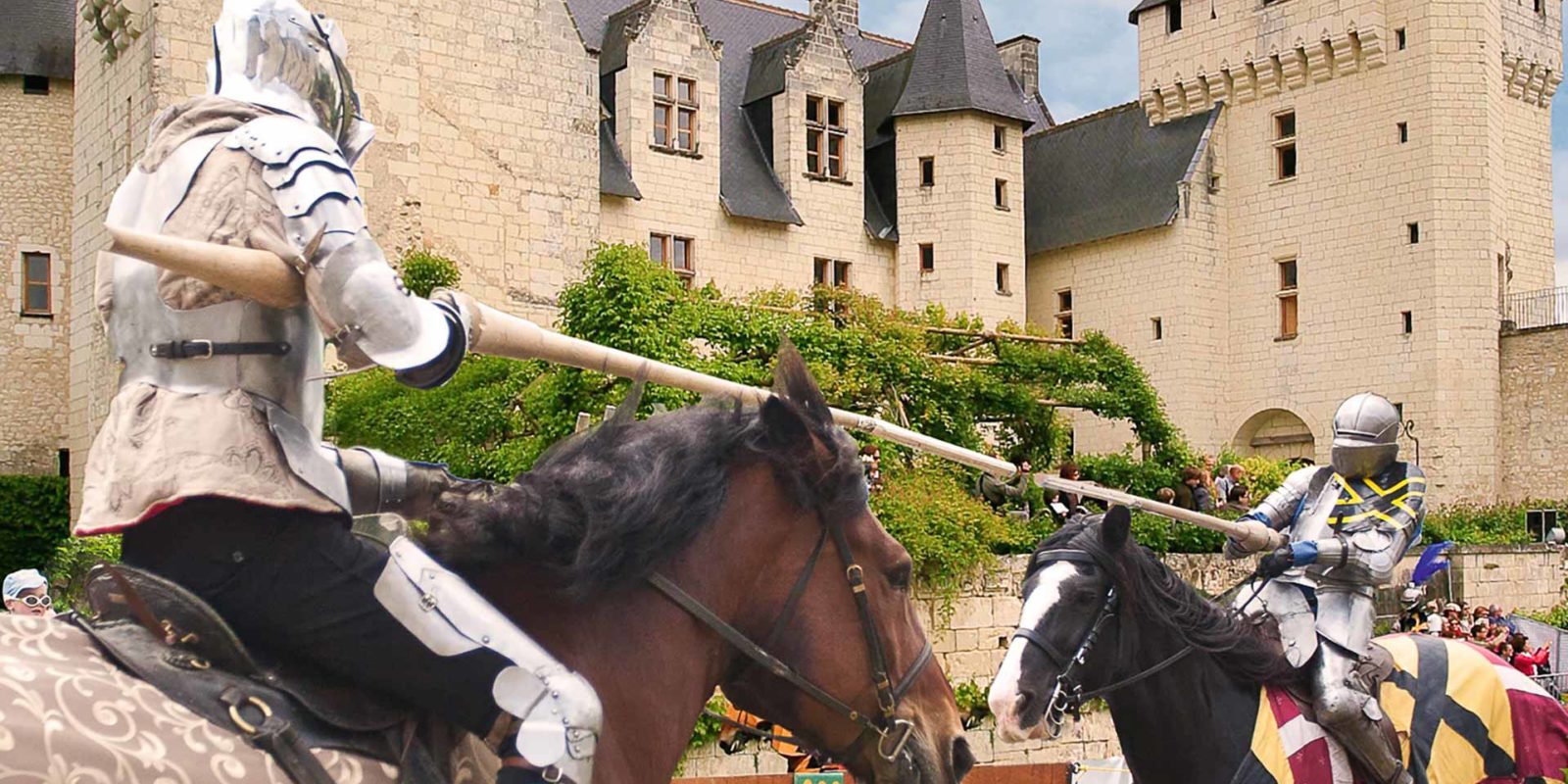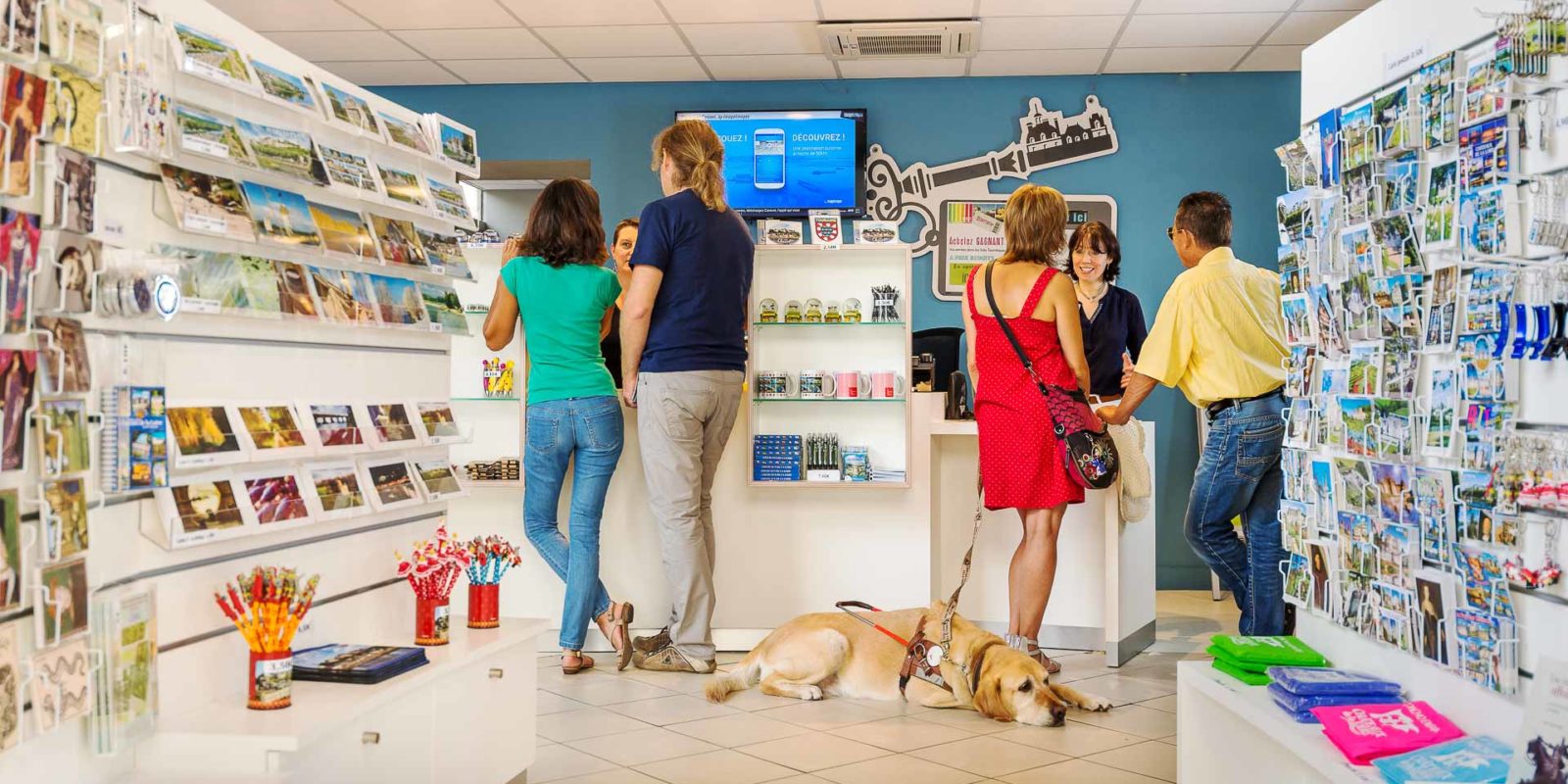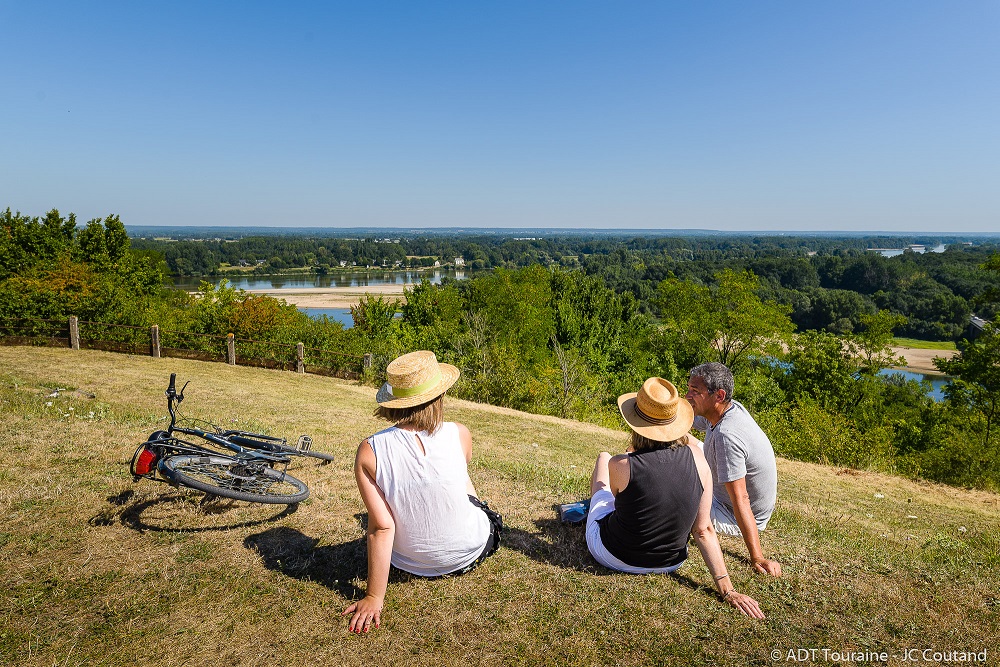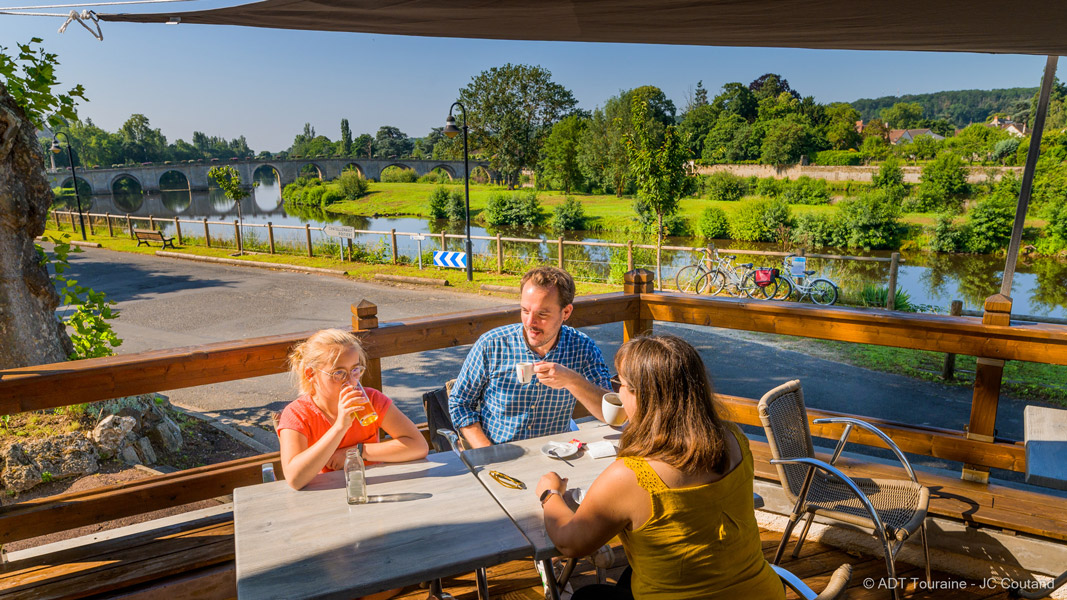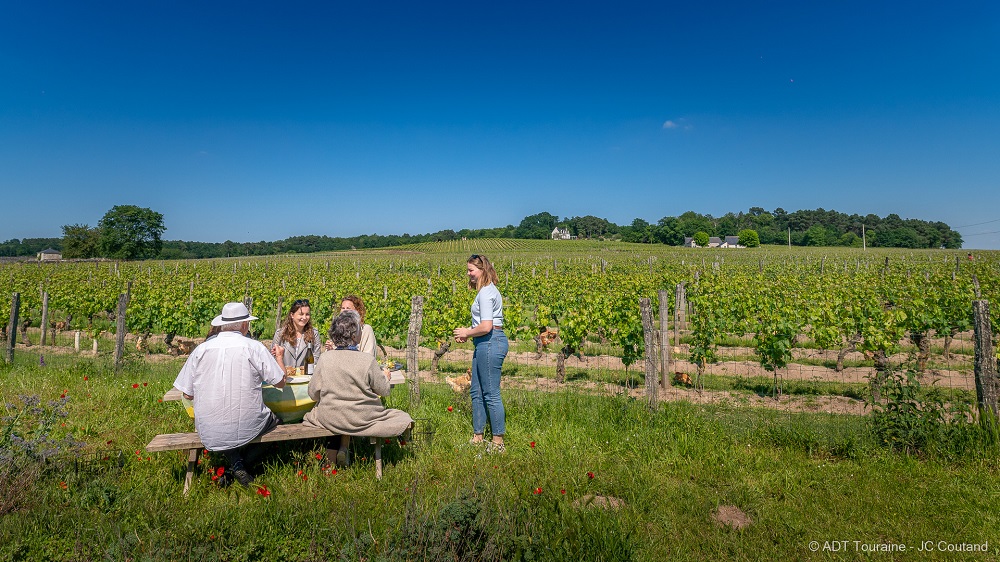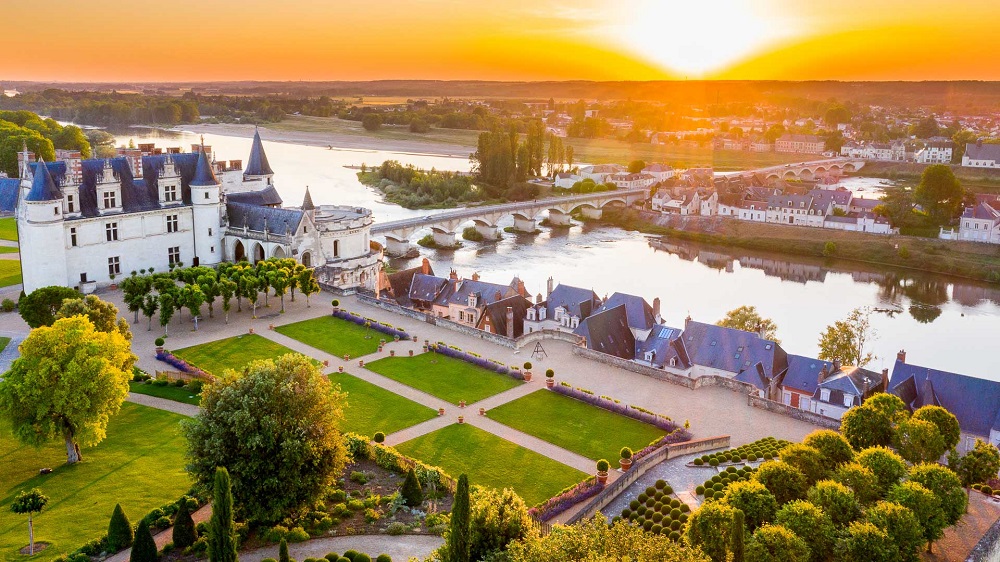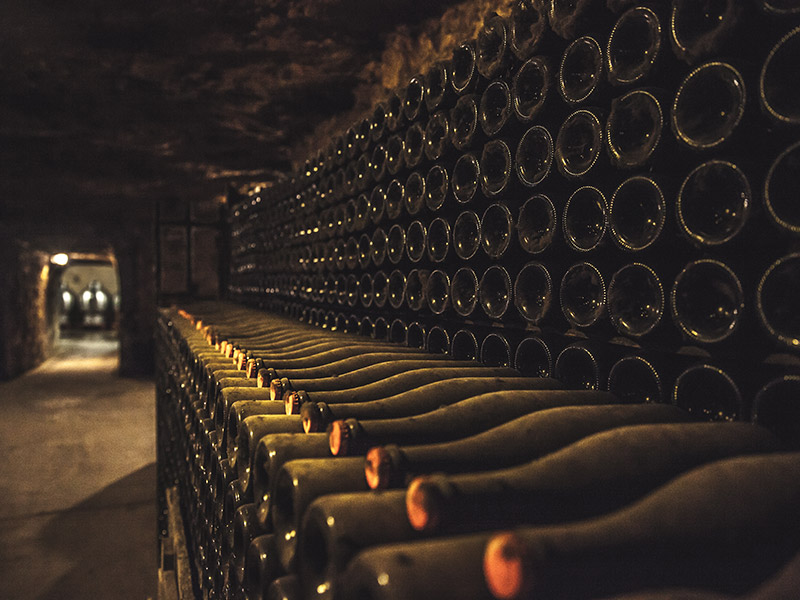What choices for sustainable tourism?
Going on holiday means taking a break from everyday life, resting, getting a change of scenery, sharing good times with friends and family, discovering a new region, etc. To meet these reasonable aspirations while taking environmental concerns into account, virtuous initiatives linked to the world of tourism are being undertaken. While we are well aware that 100% sustainable tourism is utopian, here are a few ideas for holidays that are close to nature and have a limited impact.
A car-free holiday
In the world of tourism, transport accounts for more than ¾ of greenhouse gas emissions. It is definitely on this item that the ecological footprint is the strongest. If it is possible for you to travel to Touraine and its famous châteaux by train rather than by car, this is certainly the choice that will have the greatest impact on your CO2 emissions. In fact, even some travellers from Sweden and Norway can get here by train!
If you arrive in Tours via its TGV station, there are several options:
- Stay in the capital of Tours*, and visit a few castles by train (the royal fortress of Chinon, the royal city of Loches, the castle of Chenonceau, the castle of Amboise and the Clos Lucé…) or by renting a bicycle (the gardens of Villandry, Valmer, and La Bourdaisière, the castle of Langeais…).
- Stay elsewhere and take the train (TER) to your destination: Amboise, Loches, Chinon, for example.
- Opt for a cycling holiday.
*Many taxis are parked in front of Tours and Saint-Pierre-des-Corps train stations. A booking centre allows you to organise your taxi journey to your accommodation in advance: +33 2 47 20 30 40 (possibility of choosing an electric vehicle). Note also that some accommodations offer to pick you up directly at the station, such as the Loire Valley Lodges and the Domaine de la Tortinière, or Les Vélos de Paulette (unusual accommodation and bike rental on the South Touraine greenway).
Cycling and slow tourism
The Loire Valley makes no secret of its ambition to be the leading region for cycle tourism in France. Attracting large numbers of French and foreign cyclists every year, The Loire by Bike is one of the most emblematic cycle routes in France. The lack of relief, the temperate weather conditions and the many “Accueil Vélo” accommodations that regularly line the itinerary make it easy to travel through the unique landscapes of the Loire Valley, classified as a Unesco World Heritage site.
Beyond this route, the Cœur de France à Vélo (Cher à Vélo, Canal de Berry), the Cyclo Bohème and the Camino de Santiago by bike offer other options for a car-free holiday.
Even if you opt for a single accommodation, a network of 57 cycle loops and the presence of numerous bike hire companies will satisfy your desire for day or half-day rides. This is the case, for example, around Bourgueil, Chinon, Loches, Chenonceaux and Amboise, or around the Parc de Fierbois and the Huttopia Village campsites.
Recharge your batteries with the slow rhythm of walking
Another option, just as eco-responsible, is to explore Touraine via hiking. Nearly 6,000 kilometres of signposted paths are available for walking enthusiasts. Alongside short walks, the GR3 path (hiking along the Loire) and the route to Santiago de Compostela via the Tours route can be the main theme of a multi-day touring holiday. As for cycling, the mild terrain of our region allows you to test yourself calmly for a first experience.
Other long-distance paths include the GR 41 along the Cher (Tours, Chenonceau, Beauval Zoo, etc.), the GR 46 along the Indre (Azay-le-Rideau, Loches, Châteauroux, etc.) and the GR 48 along the Vienne and Creuse rivers (Chinon, Descartes, La Roche Posay, Angles-sur-Anglin).
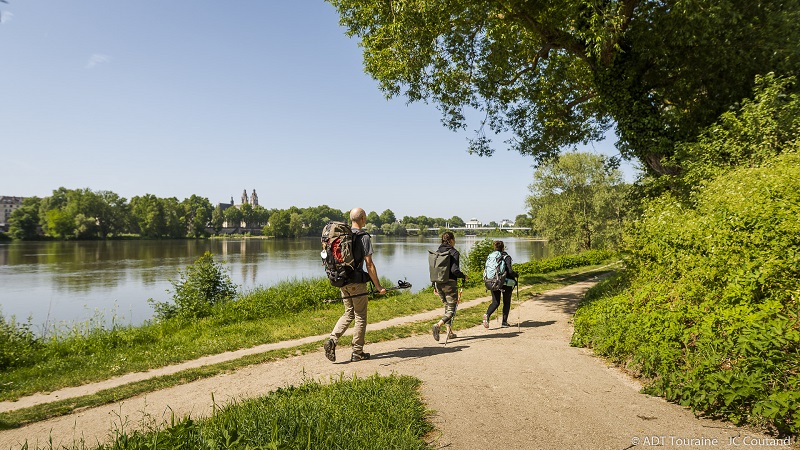
Arrival in Tours via one of the routes to Santiago de Compostela
Accommodation, restaurants, visits…
Beyond the issue of transport, a growing number of eco-responsible tourist offers exist in Touraine. Of course, the first thing that comes to mind is an accommodation with the “Green Key” label, or at the Village Vacances La Saulaie which has ISO 14001 certification in connection with its environmental management.
But restaurants are not to be outdone, like Vincent Cuisinier de Campagne, which has been awarded a green star in the Michelin Guide. Ardent, La cabane à Matelot and many other good addresses are also adept at using short circuits and local products. The wine lists are no exception, regularly featuring organically produced Loire wines (a hundred or so tourist cellars offer a great immersion in the heart of the vineyards!)
Finally, many visitor sites are taking virtuous steps towards the environment. Many châteaux have banned all phytosanitary products phytosanitary products from their gardens and are LPO refuges or conservatories for biodiversity: Le Rivau, Villandry, Amboise, Valmer, La Bourdaisière. Some of these sites (but also some of the accommodations) are home to beehives: an opportunity to treat yourself to the honey of the Loire castles!
Close to nature
In short, whether you opt for a touring holiday or a holiday in one place, your aspirations to minimise your ecological footprint can be met in Touraine.
Beyond this, many of us want to get closer to nature. What better way to chill out than a quiet trip on a river, in a canoe, a paddle or on board a traditional boat? Paddle in hand, what a pleasure to pass under the arches of the Chenonceau castle which span the Cher, or to progress on the Loire, the Indre, or the Creuse!
But please follow the instructions: for example, bear in mind that migratory birds are present on the banks of the Loire in spring and summer. Terns in particular lay their eggs here and bury them in the sandbanks. To preserve this natural cycle, avoid landing and preserve their tranquillity. In fact, some canoe rental companies take this into account, and organise trips of several days, including bivouacs, choosing the locations accordingly.
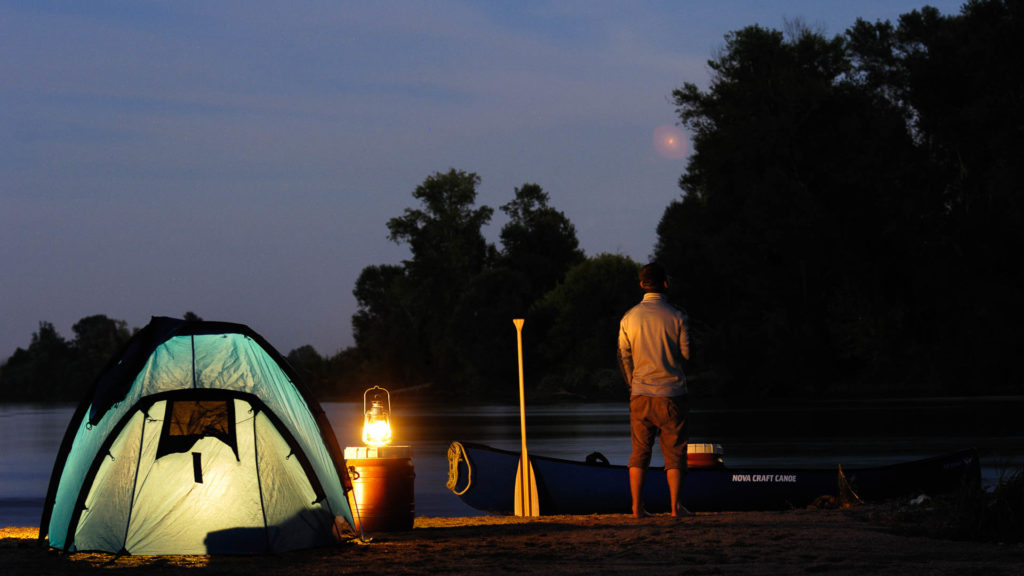
Bivouac in Touraine – Canoe Company ©Jean-François Souchard
Combined canoe/bike trips are also increasingly being offered: while they allow for a variety of pleasures, they also save professionals from having to make multiple trips to transport equipment and holidaymakers. Always a win-win situation!
Protected natural areas
In Touraine, a wide range of areas are officially listed or enjoy protected status. Some twenty sensitive nature areas (ENS, in French) are managed by the Departmental Council and are subject to strict environmental control, while welcoming the public on the footpaths. They include L’Etang du Louroux, the Val de Choisille and the Domaine de Candé. The National Forests Office carefully watches over the ecosystems of the state forests of Loches and Chinon.
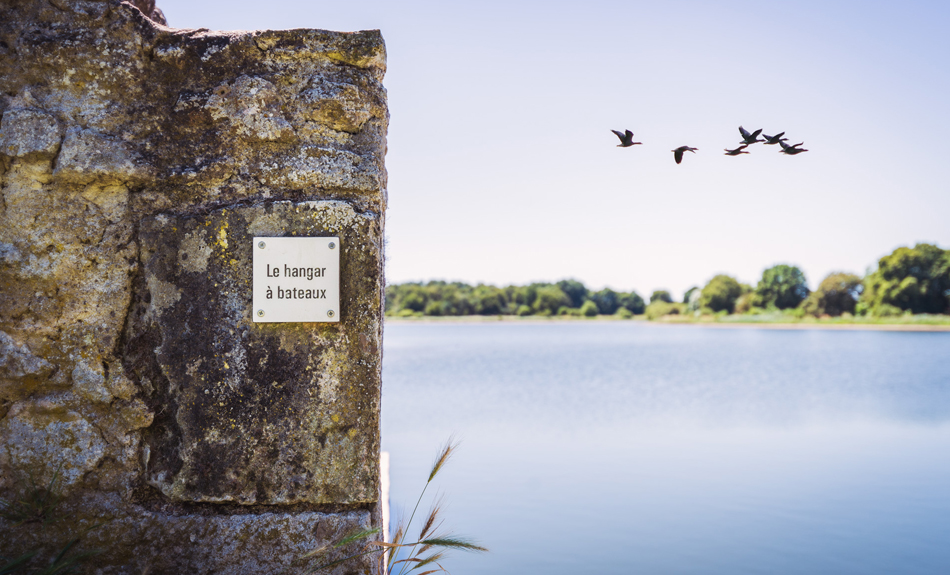
Etang du Louroux
Covering the Centre Val de Loire and Pays de la Loire regions, the Loire Anjou Touraine Regional Nature Park has grown up around an important cultural and natural heritage. The local authorities are pursuing proactive policies to preserve an atypical living environment. A wide range of outings are organised all through the year to see the fauna and flora of this area (with Val de Loire Ecotourism, Touraine Terre d’Histoire, etc.), as well as traditional savoir-faire such as wickerwork.
And of course it is impossible not to highlight that the Loire Valley is listed as part of World Heritage by UNESCO as a cultural landscape, “the work of humanity and nature”. The slopes planted with vineyards, the traditional boats anchored at the quays, the fauna and flora, the houses and châteaux made of tuffeau stone… Careful attention is paid to all these elements, with the aim of passing them on to future generations.
Five ‘freewheeling’ experiments
Below, five experiences are recounted, ranging from a 2 or 3 day weekend to a week’s holiday. They will take you to the four corners of Touraine, but all have a common thread: cycling and soft mobility.
